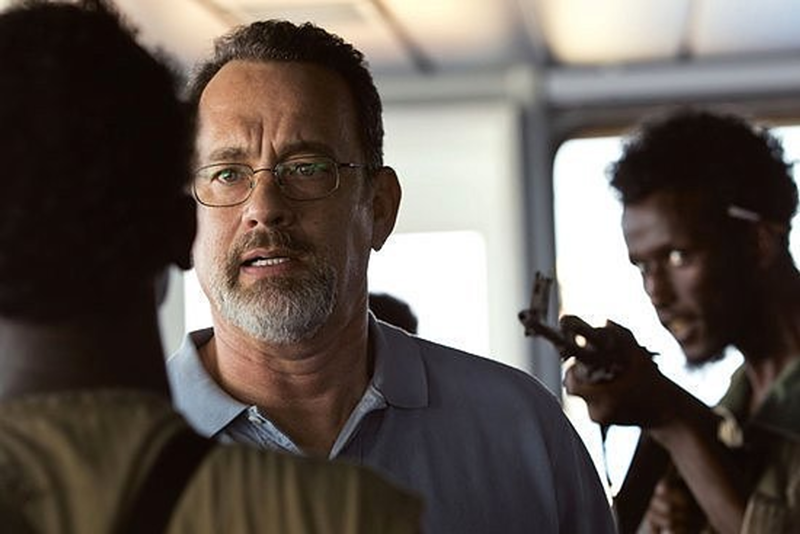There’s a desire to slip inside the news stories that dominate our attention, to experience (and not just vicariously) the white-knuckle drama, the fear, the anxiety. Is it a factor and function of the social media age we find ourselves living in? Is this age really so different from the dawn of the 24-hour news cycle?
That question, I suppose, is what makes Paul Greengrass such a fascinating filmmaker. I would compare him, oddly enough, to Terrence Malick, which sets up a curious and seemingly conflicting study. Malick loves the untamed, uncut beauty that dares to wander into his field of vision and he’s willing to chase it at the expense of the scripted narrative that has been prepared or commissioned. Greengrass, on the other hand, wants to cover every aspect, to pack everything in — not just into the frame, but the narrative moment — and he uses editing to overload our senses with the information or hints of detail. Each of these filmmakers, though, has found a way within their very different processes to achieve a sense of poetic expression. And a visual lyricism takes shape in their work that connects them on a much deeper level.
Casual moviegoers witnessed the last two films in the Jason Bourne franchise, the two installments directed by Greengrass, gripping the armrests as he teleported them around the globe and into intimate and unfamiliar spaces cramped with bodies inflicting severe harm upon one another. It seems likely that he shot endlessly, take after take of hand-to-hand combat, choreographed down to the most minute detail, but then jarringly cut and pasted into a feverish blur, creating repeatedly the sense of life flashing before your eyes.
He was at it again with United 93, but this time, the stakes were higher. This was real world terror, a national moment of crisis still immediate and tender to the touch. Greengrass was obviously more than aware of that fact, so he applied his skills and vision to creating a hyper-realized recounting of the events. He took us into several key locations in what seemed like real time, toggling back and forth like a seasoned news crew covering a live breaking event as information started to trickle in, as the frame came into focus. At the last moment, he dared to lock us into one space — inside the one plane that failed to reach its targeted destination — and it was here that he gave us only what we might imagine happened; no one knows for certain.
And that is what he does again with Captain Phillips, the retelling of the Somali pirate hijacking of a cargo ship sailing under the U.S. flag from 2009. This story is distilled, quite naturally, by having fewer outside perspectives to consider, so the movement between them feels more fluid, but what takes shape here is a narrative that mimics the claustrophobia of the second half of United 93.
After the briefest bit of narrative establishment — Captain Phillips (Tom Hanks) at home prepping to leave for his latest assignment and his wife (Catherine Keener) dropping him off at the airport — the by-the-books sailor runs his crew through their paces sensing, it would seem, that something lurks on the horizon. That something would be Somali fishermen/pirates — men with no other options available to them but to hustle and hijack or die. They exist in a primal dynamic that unfolds like lethal social Darwinism where only the hungriest and fittest survive. To look into the eyes of Muse (Barkhad Abdi), the captain of the small skiff team that ends up boarding Phillips’ much-larger cargo ship, there is no doubt that this man, this leader, has the will to do whatever is necessary to survive.
As intriguing as the faceoff between Captain Phillips and Muse eventually becomes, there is never any question that the man at the helm here is Greengrass. Imagine, if you will, United 93 as a snapshot of social media, Facebook and Twitter feeds constantly updating within a given moment until the information can be distilled, tightly focused down to an essential thread of activity. Captain Phillips breaks that notion down, starting off with a much more contained exchange, which is then atomized to the level of emotional instinct before a rebuilding begins, to bring us back to human context. In Captain Phillips, Hanks goes on that personal journey, but it is Greengrass who maps out and expertly documents the arduous course step-by-step. (Opens wide Friday) (PG-13)
Grade: A-
CONTACT TT STERN-ENZ I: [email protected]






